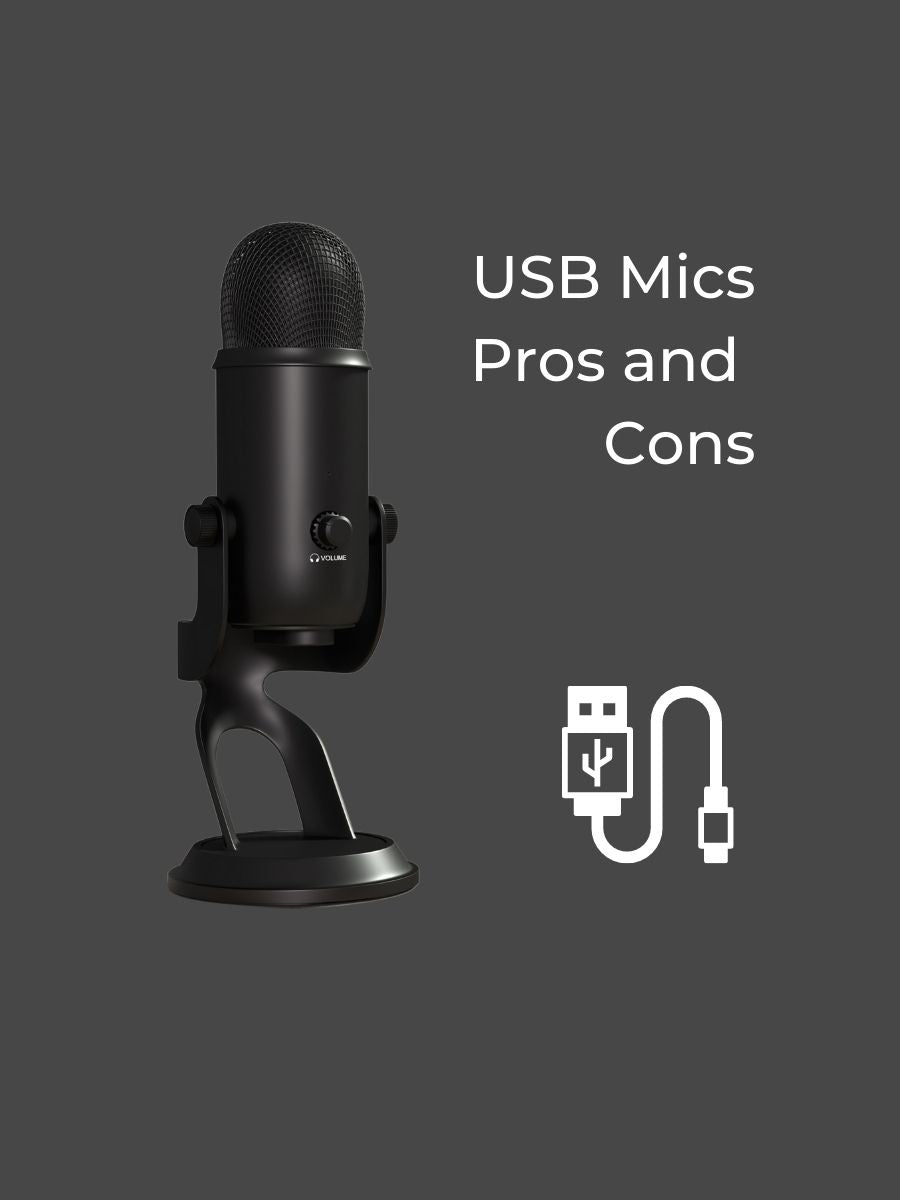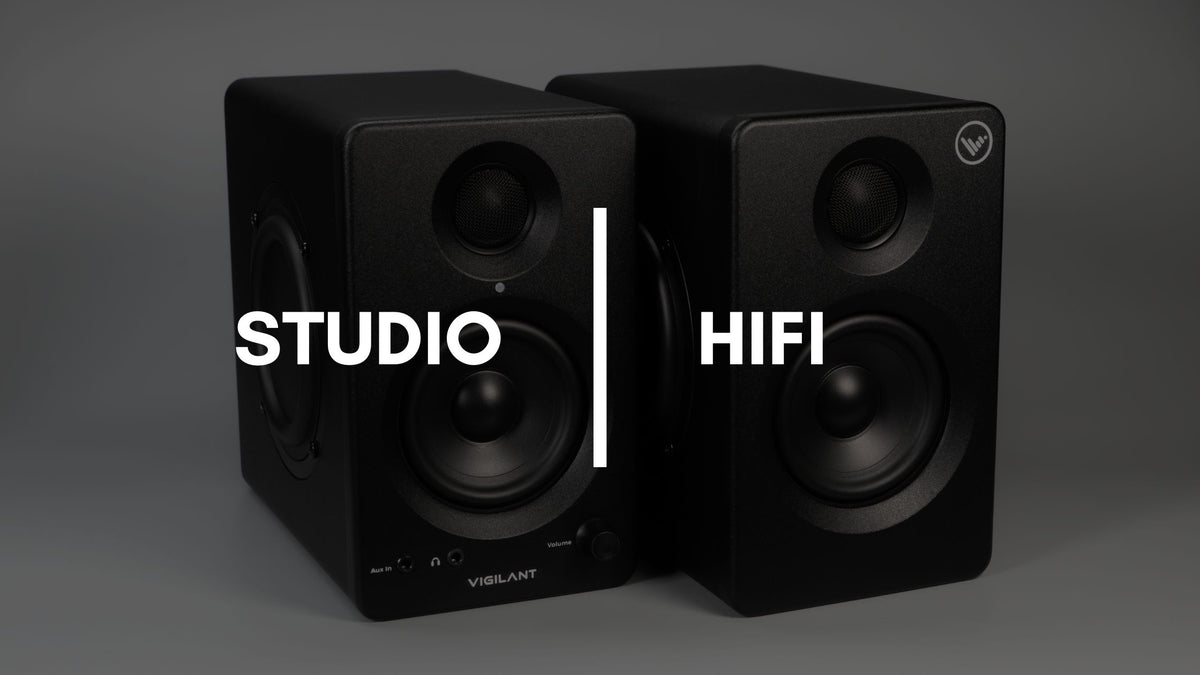USB Microphones for Recording: Pros and Cons

As home recording technology continues to evolve, USB microphones have become a popular option for recording high-quality audio without the need for complex equipment or interfaces. However, as with any technology, USB microphones have their advantages and disadvantages. In this post, we'll explore the pros and cons of using USB microphones for recording, and offer guidance on when they may be the right choice for your recording needs.
Pros of Using USB Microphones:
-
Plug-and-Play Convenience: One of the most significant advantages of USB microphones is their plug-and-play convenience. With a USB microphone, you can simply plug it into your computer and start recording without the need for complex setups or interfaces. This makes USB microphones an excellent choice for home recording enthusiasts or podcasters who want to get started quickly and easily.
-
Portability: USB microphones are generally smaller and more lightweight than traditional studio microphones, making them an ideal option for recording on the go. They can easily be packed in a bag or suitcase and used for remote recording sessions or live performances.
-
Cost-Effective: USB microphones are often more affordable than traditional studio microphones, making them a cost-effective option for home recording setups or for those on a budget.
Cons of Using USB Microphones:
-
Limited Frequency Response: USB microphones often have a limited frequency response range, meaning they may not capture the full spectrum of sound as accurately as traditional studio microphones. This can result in recordings that sound thin or lacking in depth, particularly in the low-end frequencies.
-
Limited Polar Patterns: Most USB microphones have a cardioid polar pattern, which means they primarily capture sound from the front of the microphone and reject sound from the sides and rear. While this can be useful in some recording scenarios, it may limit your flexibility in capturing certain types of sounds or recording setups.
-
Limited Headroom: USB microphones often have limited headroom, meaning they may distort or clip at higher sound levels. This can be a particular issue for recording louder instruments or sounds, such as drums or electric guitars.
-
Limited Upgradability: While USB microphones are a cost-effective and convenient option for recording, they may limit your ability to upgrade your recording setup in the future. As your recording needs grow and change, you may find that a traditional studio microphone and interface setup provides greater flexibility and expandability.
In conclusion, USB microphones can be a convenient and cost-effective option for recording high-quality audio, particularly for home recording setups or podcasters. However, they do have some limitations in terms of frequency response, polar patterns, headroom, and upgradability. Ultimately, the right microphone for your recording needs will depend on your specific requirements and preferences. By carefully considering the pros and cons of USB microphones, you can make an informed decision and achieve the best possible recording results.
If you're in the market for an XLR mic, we suggest taking a look at our very own VA92. As this mic does not have a USB port, you will need an audio interface to use it.


